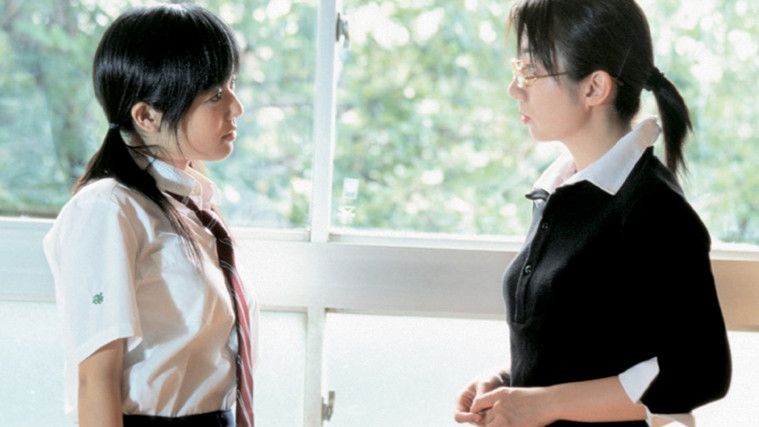
Kawabata’s literary fame grew throughout the late 1920s. Subject of numerous on-screen adaptations, the story also inspired the Odoriko (dancing girl) nickname given to trains headed out from Tokyo toward Izu. Often named as Kawabata’s most popular and well-known work in Japan, it was his first story translated into English. He first gained national attention as a writer in 1926 with publication of the short story “The Dancing Girl of Izu.” The Nobel literature committee, on making Kawabata Japan’s first ever literary prize winner in 1968, cited the author’s “narrative mastery” and an ability to “express the essence of the Japanese mind.”Ĭontemporary Japanese literature scholar Sachiyo Taniguchi has written that the selectors “turned to Japanese literature as the result of deciding to correct the imbalance favoring Western writers” and that “Kawabata’s award came not only for his literature but was also an expression of international recognition of Japanese literature.”īorn in Osaka in 1899, Kawabata moved to Tokyo in 1917 to study, eventually graduating with a degree in Japanese literature from Tokyo University. Losing his entire family at an early age and eventually dying by his own hand, Kawabata’s solemn, sparse prose style, reminiscent of haiku poetry, painted beautiful and often haunting images of the time and place in which he lived. Publication of the novel, a semi-autobiographical account of the protagonist’s erotic encounter with a classmate, received praise by contemporary playwright Hiroyuki Ono for its insight into the “soul of an orphan still walking with us today.” The process of assembling the exhibition revealed a number of gems previously unearthed by researchers.Ī draft believed to be the origin story for Yasunari Kawabata’s “Fire” | KYODOĮarly this year, the team discovered a memo hinting at an alternative ending for “Snow Country.” Another discovery revealed a draft from the writer’s early 20s believed to be the origin story for the later published work “Fire.”Įlsewhere, publisher Shinchosha revealed that the recent standalone publication of Kawabata’s “The Boy” - a novel previously only available as part of his collected works - had been reprinted due to popular demand only seven days after its early April release. Until June 11, Tokyo’s Museum of Modern Literature will host a Kawabata-themed exhibition titled “A person who loved, and was loved.” The collection focuses on private correspondence and personal notes that reveal more of a figure who remained distant from the public throughout his lifetime.įor the curators, the exhibition is a chance “to see the true Kawabata through his pursuit of connections with others.” The Nobel laureate has attracted consistent attention over the five decades since he shocked the literary world by taking his own life, and the current spotlight on the writer is a sign of this continuing trend. The adaptation is part of a wider reappraisal of Kawabata’s life and work on the half-century anniversary of his death. I imagine it will raise a lot of different feelings in our audience.” “That kind of storytelling is quite rare for television these days.
#MOVIES JEPANG SEMI EROTIS FULL#
“The book itself is full of beautiful images, but also a lot of gaps and empty space,” he said.

#MOVIES JEPANG SEMI EROTIS MOVIE#
In a recent interview with the TV Guide online magazine, Takahashi - who starred in the hit 2020 movie “Wife of a Spy,” which won that year’s best director award at the Venice International Film Festival - commented on the degree of faithfulness between the script and Kawabata’s original. The tale of an urban Tokyoite’s ill-fated relationship with a rural geisha was shot onsite in Fukushima Prefecture and features Issei Takahashi in the role of protagonist Shimamura.


 0 kommentar(er)
0 kommentar(er)
